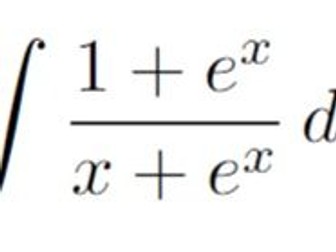Order of Operations - Add brackets to the expressions to make the target values
Starter or plenary activity on Order of Operations. Nine different expressions are given, without brackets. Students evaluate the expression as it stands, then have two or three target values that they make from the expression by adding brackets.<br />
<br />
First page is the student's questions, second is the answers. Suggest printing the questions on A5 for each student, then showing the answers on smartboard. <br />
<br />
Suitable for higher ability KS2, KS3, and KS4 lower ability students.
